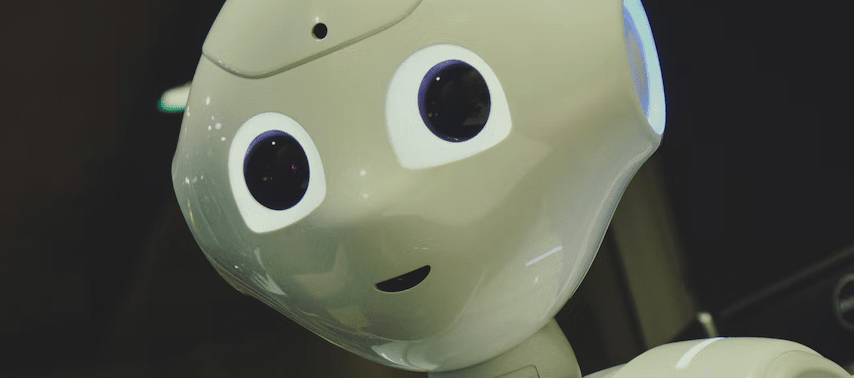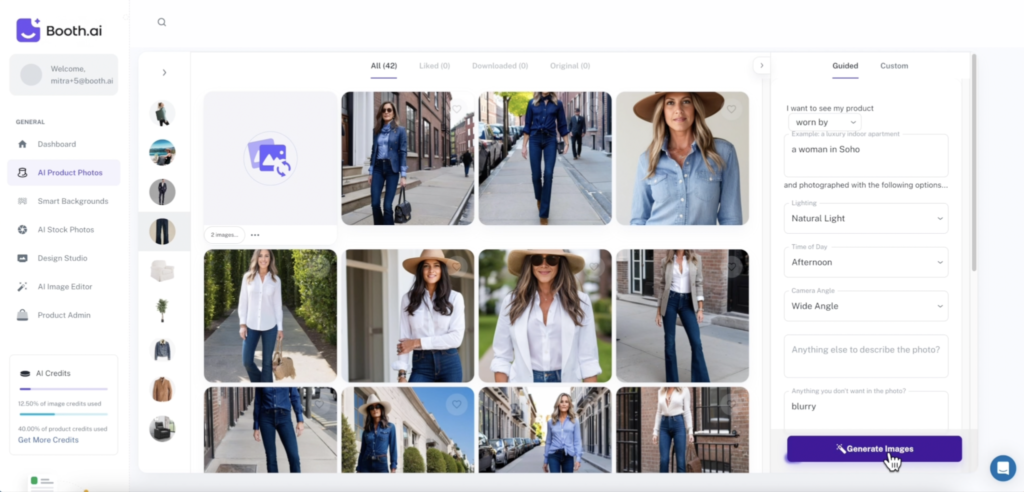FC’s Generative AI Challenge
At Foundation Capital, we’ve long had conviction that AI will be one of the defining technologies of our time: the catalyst for a new generation of software and, with it, a new generation of businesses.
02.07.2023 | By: Joanne Chen, Jenny Kaehms

Since OpenAI’s release of ChatGPT on November 30, the buzz around generative AI has risen from loud to thunderous. With its intuitive interface and absent paywall, ChatGPT is the first text-generation model to break through to the mainstream. Its success follows the collective boggle at image-generating models such as Midjourney, DALL-E 2, and Stable Diffusion earlier in 2022. Together, they’ve prompted a society-wide reckoning with AI’s fast-evolving creative capabilities.
For years, prevailing wisdom held that only rote, low-level tasks were within AI’s near-term grasp. AI was primarily analytical, used to parse large data sets and surface patterns. Yet, with state-of-the-art models clearing ever-higher performance benchmarks, generative AI—AI that has the ability to create original content, rather than strictly analyze, predict, and act on existing data—is poised to transform knowledge-based work. Software developers, marketers, and salespeople already have their own AI “copilots” that assist and augment human cognitive labor. In short order, many other professions, from law and medicine to architecture and graphic design, will follow suit.
In November 2022, we launched our inaugural Generative AI Challenge. Inspired by the early traction of our generative AI investments, including Jasper.ai and Regie.ai, our aim was to enable more entrepreneurs to experiment and build with this rapidly advancing technology. The hundreds of submissions left us more excited than ever about the future of AI. But, before we announce the winner, let’s briefly recap Foundation Capital’s journey to generative AI and present a few key findings that emerged from the challenge entries.
A Decade of AI Investing
At Foundation Capital, we’ve long had conviction that AI will be one of the defining technologies of our time: the catalyst for a new generation of software and, with it, a new generation of businesses. Since 2012, we’ve invested across what we’ve termed the “enterprise AI stack,” from AI-optimized compute, data infrastructure, and MLOps up through AI-infused applications.
The rise of AI’s generative abilities was early on our radar too. In 2017, anchored by our thesis that AI would automate broad areas of marketing, we backed several conversational AI companies. Our instinct was right, but AI’s natural language abilities weren’t quite Turing-test ready. In 2020, OpenAI’s GPT-3 model (the basis for ChatGPT) showed stepwise advances, authoring text with near-human fluency and adapting to novel downstream tasks via prompting.
Equally as important was GPT-3’s release as an API. Rather than train neural networks from scratch, aspiring AI entrepreneurs could now plug into a growing suite of general-purpose “foundation models” (GPT-3 among them). In 2021, foreseeing an upswing of new AI-powered products, we committed early to Jasper.ai and Regie.ai: among the first startups to apply large-language-model APIs to marketing, sales, and GTM workflows.
Six Trends from the Challenge
Partnering with Jasper.ai and Regie.ai gave us early insight into best practices for building with foundation models. Our combination of research, on-the-ground experience, and conversations with founders led us to publish this map of the generative AI landscape, which spans GTM functions, HR, legal, Ops, finance, developer tools, and more. Many of our challenge participants pursued these use cases, while others pushed beyond them into L&D and consumer categories.
Here are six takeaways that we gleaned from combing through the entries:
- Marketing was the most common application for generative AI — Startups are using the technology to produce customized ads and other creative assets (videos, landing pages, thank you notes, etc.) across multiple digital channels. Others are harnessing it to construct digital twins of consumers that model human behavior in social contexts, thus enabling high-signal forecasting for marketing campaigns.
- Business operations were next in line — We saw builders apply generative AI to author standard operating procedures and compose SQL queries for business teams. Optimizing meetings was another shared use case. With its ability to access, interpret, and summarize internal data streams, generative AI can draft briefings that eliminate the need for synchronous meetings. When face-to-face time is needed, generative AI can create lists of questions and templates that guide teams toward productive outcomes.
- Sales was a close third — Primers on clients and prospects, lists of leads, outbound email sequences, and customized playbooks (based on hours of call transcripts and videos) are capable of 10x or more improvement with generative AI.
- AI will reinvent sales — “Imagine having a virtual avatar who is able to simultaneously take 100 sales calls that are specific to your product. When you do decide to take your own meetings, this avatar can provide detailed feedback on how you’re performing and offer concrete steps for improvement. I think companies like Gong are only scratching the surface. The same thing could even happen for venture capitalists!” – Jonathan Siddharth, CEO, Turing.
- L&D was another popular area — As the nature of work, and the skills required to perform it, rapidly changes, upskilling has become mission-critical for companies that are looking to hone and maintain their competitive edge. By pairing internal training documents with material from external courses, generative AI can create educational content that is specific to a given business’s needs. It can also ease time-intensive performance review cycles by helping managers write tailored feedback for their reports.
- In consumer, interesting applications included personalized news summaries, AI companions, and digital clones — For the latter, imagine a chatbot version of your favorite motivational speaker who offers you on-demand, bespoke advice.
- Nearly all entries made use of large text and image models — Looking forward, models trained with speech, audio, video, and other forms of sensory data promise to create additional opportunities for AI entrepreneurs. Multimodal models, with the ability to process and connect diverse forms of data, represent the next sea-change improvement. A core component of human intelligence, multimodality opens the possibility of grounding and natural language understanding: an important step beyond natural language processing. And now…
Announcing our Winner: Booth.ai
Without further ado, our winner: Booth.ai!

Booth serves as in-house professional photographer for retail, apparel, and other CPG companies. After uploading images of their product, users can select from a range of templates and prompts (for example, “I want to see my product in a forest in natural light at sunset with shallow depth of field”) to create customized photographs using a fine-tuned version of Stable Diffusion. The outputs can be instantly iterated on and are indistinguishable from the results of a live shoot—minus the expense and planning headaches. Additional templates allow users to seamlessly convert their AI-generated photographs into social media posts. (Check out their demo.)
Currently in the works are toolsets that allow customers to build ads from their AI-created photographs, distribute them across digital channels, and monitor performance. Pre-testing ads, then generating those that are most likely to convert, is also on the roadmap, as are plans to incorporate other media formats, such as video.
The idea came from co-founder Nick Locascio’s four-year run leading engineering at Standard AI, an autonomous retail startup. In his conversations with D2C and e-commerce owners, product photography—expensive, time-consuming, and logistically complex—emerged as a major pain point. At the same time, the secular shift from physical to online commerce was boosting demand for high-quality images at scale.
Nick’s co-founders, Ian Baldwin and Mitra Morgan, bring in-depth knowledge of AI product and business development. Ian earned his Ph.D. in computer vision and has worked on a range of AI engineering challenges, from autonomous aviation to global positioning data. Mitra holds an MBA and over two decades of experience across marketing, sales, and operations. In 2017, she was on the founding team of GrokStyle, a startup specializing in visual AI for retail that was acquired by Facebook.
We couldn’t be more excited to partner with Nick, Ian, and Mitra as they chart the future of commercial photography.
Call for Startups
A sincere “thank you!” to everyone who shared their startup ideas. We were truly blown away by the caliber, talent, and foresight of the entries that we received, and we hope to partner with many of the entrepreneurs who participated in the years to come. If you’re building with generative AI, we’d love to hear from you! Feel free to reach out at jkaehms@foundationcap.com or jchen@foundationcap.com.
Published on 01.19.2023
Written by Joanne Chen & Jenny Kaehms

